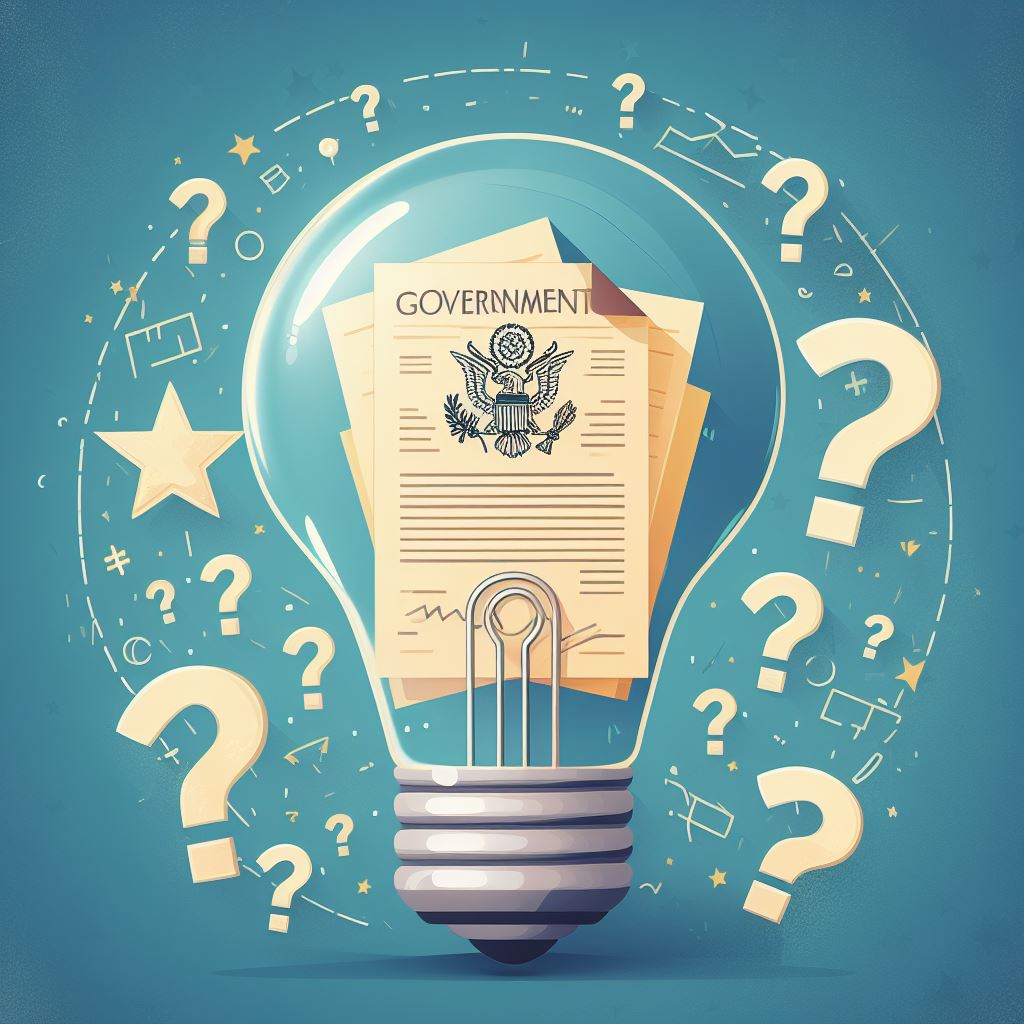On October 30, 2023, President Joe Biden issued an executive order on artificial intelligence (AI), the first of its kind in the U.S. government. The order aims to provide a comprehensive framework for regulating AI technologies, addressing issues such as safety, security, privacy, equity, civil rights, consumer protection, worker support, innovation, competition, and leadership.
The executive order builds on the voluntary commitments that the White House previously secured from leading AI companies and represents the first major binding government action on the technology. It also follows the guidance that the Office of Management and Budget (OMB) issued in 2020, which directed federal agencies to adopt a light-touch approach to AI regulation and avoid hampering AI innovation and growth1.
The executive order outlines eight key goals and assigns various responsibilities to different federal agencies and offices. Here are some of the highlights:
- Creating new safety and security standards for AI: The order requires some AI companies to share safety test results with the federal government, directs the Commerce Department to create guidance for AI watermarking, and creates a cybersecurity program that can make AI tools that help identify flaws in critical software.
- Protecting consumer privacy: The order creates guidelines that agencies can use to evaluate privacy techniques used in AI, such as differential privacy and federated learning.
- Advancing equity and civil rights: The order provides guidance to landlords and federal contractors to help avoid AI algorithms furthering discrimination, and creates best practices on the appropriate role of AI in the justice system, such as when it is used in sentencing, risk assessments, and crime forecasting.
- Protecting consumers overall: The order directs the Department of Health and Human Services to create a program to evaluate potentially harmful AI-related health-care practices and creates resources on how educators can responsibly use AI tools.
- Supporting workers: The order produces a report on the potential labor market implications of AI and studies the ways the federal government could support workers affected by a disruption to the labor market.
- Promoting innovation and competition: The order expands grants for AI research in areas such as climate change and modernizes the criteria for highly skilled immigrant workers with key expertise to stay in the U.S.
- Advancing U.S. leadership in AI technologies: The order establishes an interagency committee to coordinate AI policies and initiatives across the federal government and engages with international partners to promote global cooperation on AI issues.
- Ensuring the responsible and effective government use of AI: The order creates a new office within OMB to oversee the implementation of the executive order and monitor the federal agencies’ compliance with the AI principles and standards.
The executive order is a significant step by the Biden administration to create a coherent and consistent regulatory framework for AI technologies. It also signals the U.S. government’s recognition of the importance and potential of AI for economic growth, social welfare, national security, and global leadership. However, the executive order is not without challenges and limitations. Some of the questions that remain include:
- How will the federal agencies balance the need for regulation with the need for innovation? Will they be able to avoid creating unnecessary burdens or barriers for AI development and deployment?
- How will the federal agencies ensure transparency and accountability in their use of AI? Will they be able to explain how their AI systems work and how they make decisions? Will they be able to address any errors or biases that may arise from their use of AI?
- How will the federal agencies collaborate with each other and with other stakeholders, such as industry, academia, civil society, and international partners? Will they be able to share best practices, data, resources, and expertise? Will they be able to align their policies and standards with global norms and values?
- How will the federal agencies measure and evaluate the impact of their AI policies and initiatives? Will they be able to collect relevant data and indicators? Will they be able to assess whether their AI policies and initiatives are achieving their intended goals and outcomes?
These are some of the questions that will likely shape the future of AI regulation in the U.S. The executive order is a first step to regulate AI, but it is most likely not the last.


